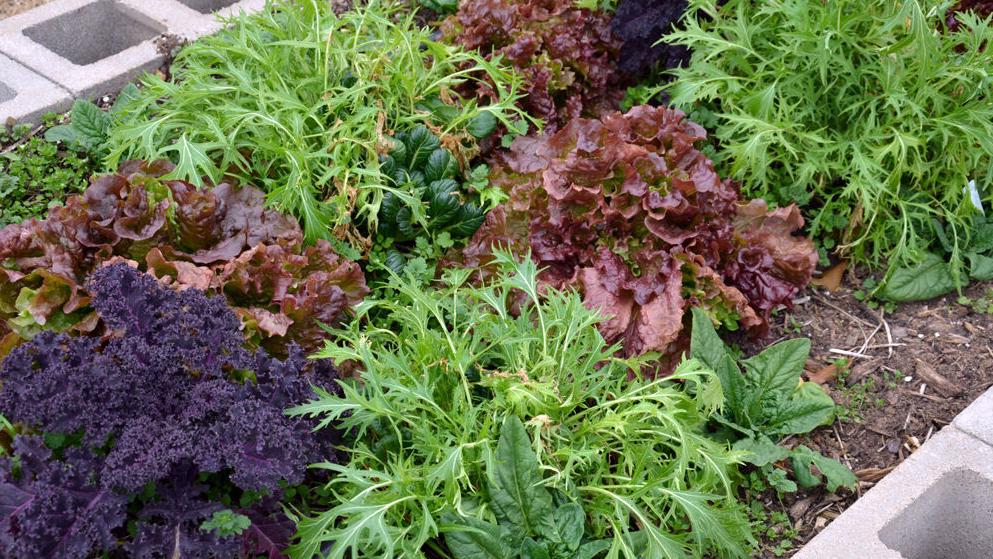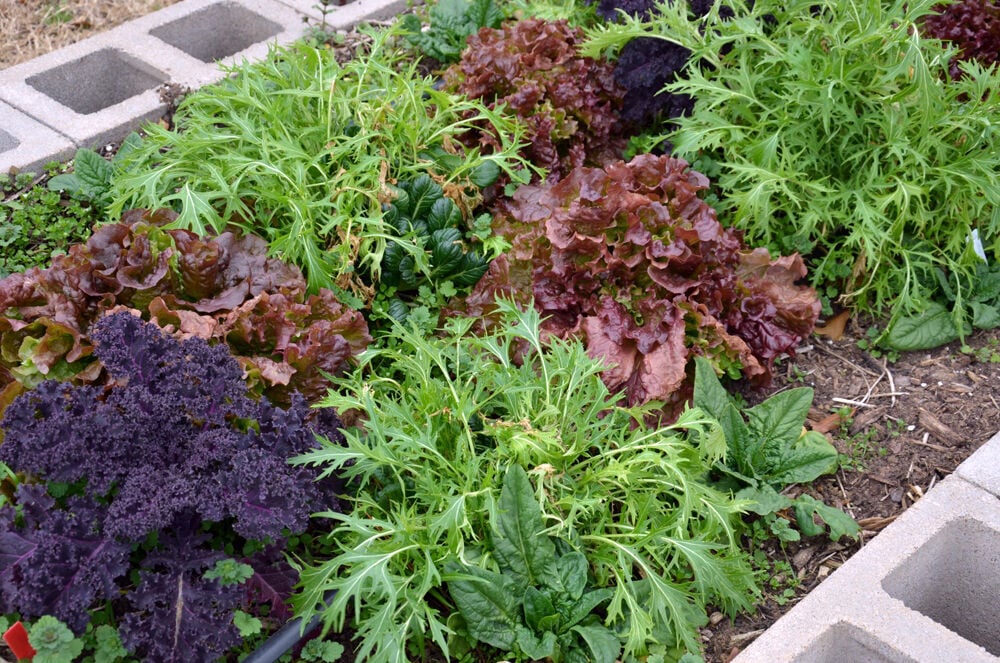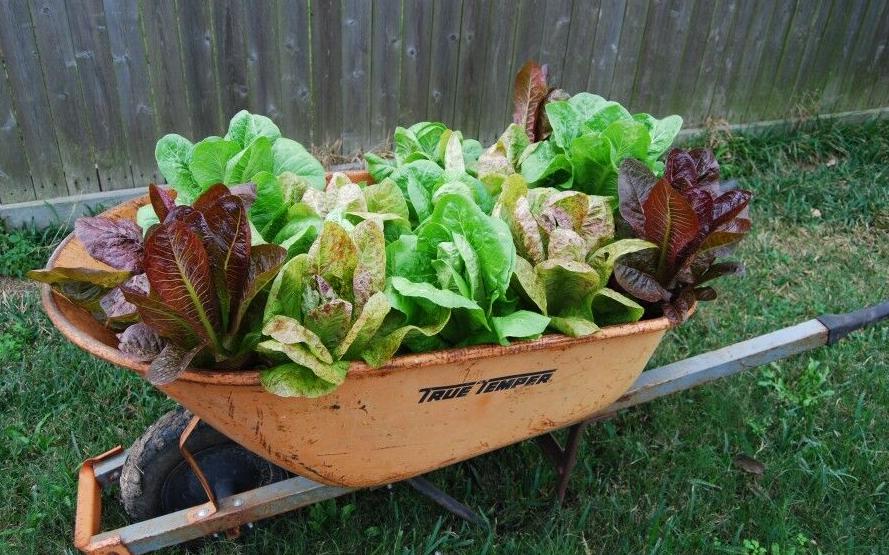
Fall is a great season in the vegetable garden. Warm-season crops are ripening but will make their exit with the first frost. Cool-season crops are being planted in preparation for a great fall harvest that will continue into the winter season. Veggies that ripen in the cooler days of fall have high quality and flavor. Another benefit of fall is that cooling temps make it more pleasant to be outside again.
September is a good month to begin planting the blue-leafed cruciferous vegetables known as cole crops, such as broccoli, cauliflower, cabbage, kohlrabi, kale and collards. These vegetable pack a super nutritious punch, offering vitamins, minerals and numerous health promoting compounds.
These crops thrive in cooler weather and like fertile soil conditions. They are most often planted as transplants, especially as the season progresses toward the first freeze. Water the transplants in with a soluble fertilizer solution or a mixture of fish emulsion and seaweed. Then repeat this liquid feeding again twice more, about a week apart. The goal is to get your plants off to a fast start and to keep them growing rapidly.
Apply a high nitrogen fertilizer such as a 3-1-2 ratio product two to three weeks after planting by sprinkling a half cup of fertilizer per 10 feet of row alongside the plant row, and then scratching it into the surface inch of soil. Double this rate for organic fertilizers. Water the area thoroughly after applying the fertilizer.
September is also a good time to plant Swiss chard. This green is easy to grow, although it isn’t as cold hardy as the other greens of fall and winter. Garlic and multiplying onions also can be planted starting in September.
In the latter half of September, we have a good planting window for cool-season peas, including sugar snaps, snow peas and English peas. Plant seeds directly into the garden. Choose varieties that mature in 55-60 days, since the first freeze can kill blooms and the tender pods. Avoid applying excessive nitrogen to peas, as it can result in luxuriant vine growth at the expense of pod production.
As the weather cools off a little in October, we can begin to plant cool-season greens such as lettuce, arugula, mache (corn salad), sorrel, bok choi, Chinese cabbage, mizuna, mustard and spinach. These cool-season greens can be planted by seed, but transplants are a way to get faster results. You can start your own transplants in a cool, bright shade area outdoors about four weeks prior to planting them out into the garden. This helps avoid the problem with germination out in the hot garden soil and gives you a head start on the season.
Lettuce seed needs light to germinate, so don’t bury the seeds, but rather press them into the surface of moist soil and maintain even moisture until they are established. A shade cover over the row can keep the soil cooler and improve germination success.
Mix a 3-1-2 or similar ratio fertilizer into the soil prior to planting at a rate of 1/2 cup per 25 square feet of bed area. Double this rate for organic fertilizers. Fertilize new transplants with a soluble plant food or fish emulsion and seaweed.
Root crops including radishes, turnips, beets and carrots are planted primarily in October. They are direct seeded since transplanting results in deformed roots and poor performance. Plant seeds about 3-4 times as deep as they are wide, except for carrots, which are planted on the surface so the seeds can be exposed to light. As with lettuce, a shade cover and consistent moisture will help ensure a good stand.
Root crop need only moderate amounts of nitrogen, or they will respond with lots of top growth at the expense of root development. Thin the seedlings with scissors to a spacing a little wider than the mature roots are wide.
The above planting times are prime time for the various vegetables but are not set in stone. Gardeners are always cheating the weather by planting a little earlier or later as well. Vegetables with more cold hardiness such as the cruciferous crops and spinach can be planted on through the winter. Lettuce and bok choi are a fast-maturing crops, so you may try some later plantings as a gamble that the first hard freeze may tarry. Any of the above crops can be carried through the winter if you provide protection in a hard freeze.
Robert “Skip” Richter is the Texas A&M AgriLife Extension Horticulture Agent for Brazos County, 2619 Texas 21 W., Bryan, Texas 77803. For local gardening information and events, visit brazosmg.com. Gardening questions? Call Skip at 823-0129 or email rrichter@ag.tamu.edu.
Get local news delivered to your inbox!
September 11, 2020 at 12:00PM
https://ift.tt/35y4szg
SKIP RICHTER: Fall gardening is all about growing vegetables - Bryan-College Station Eagle
https://ift.tt/2CyIOeE
Vegetable


No comments:
Post a Comment